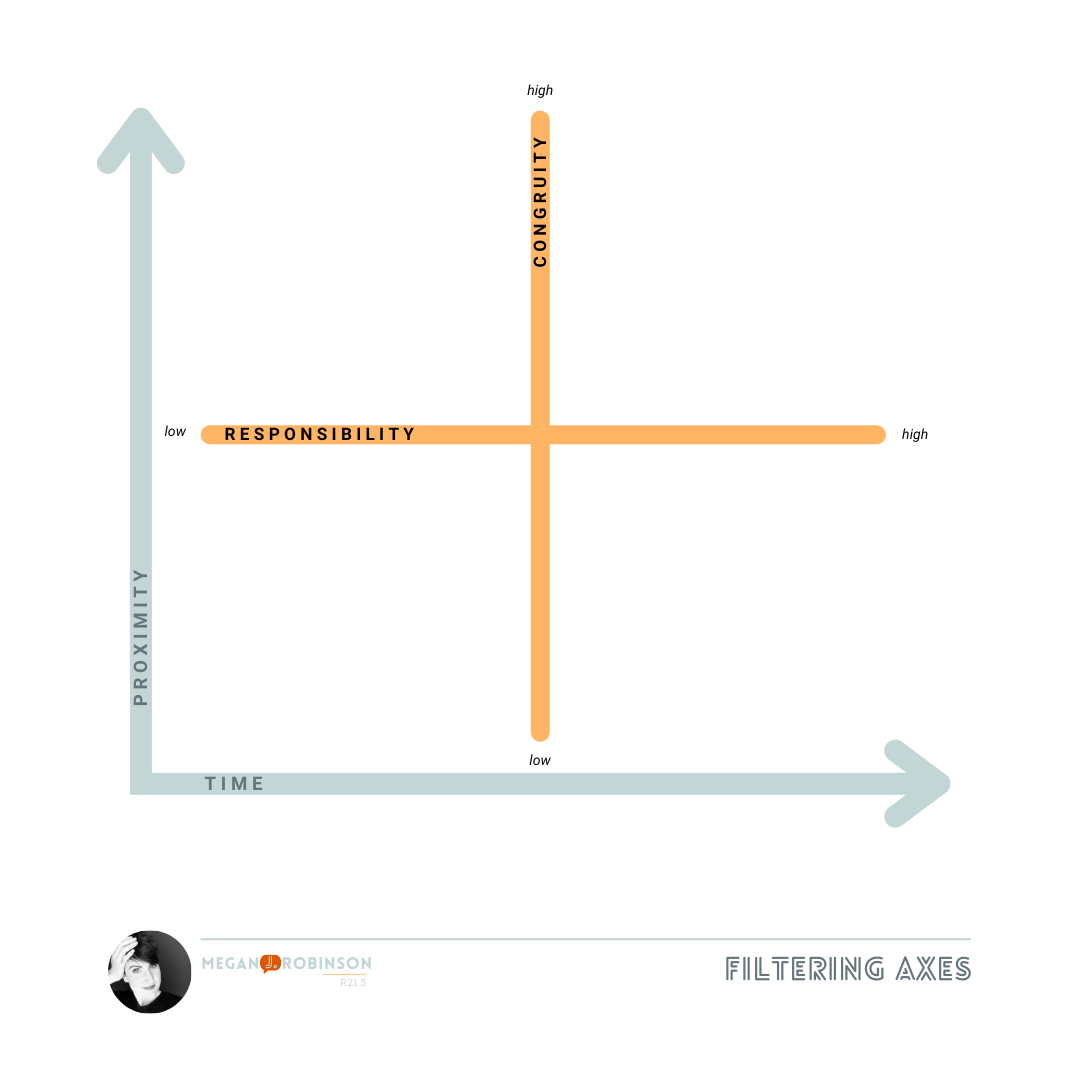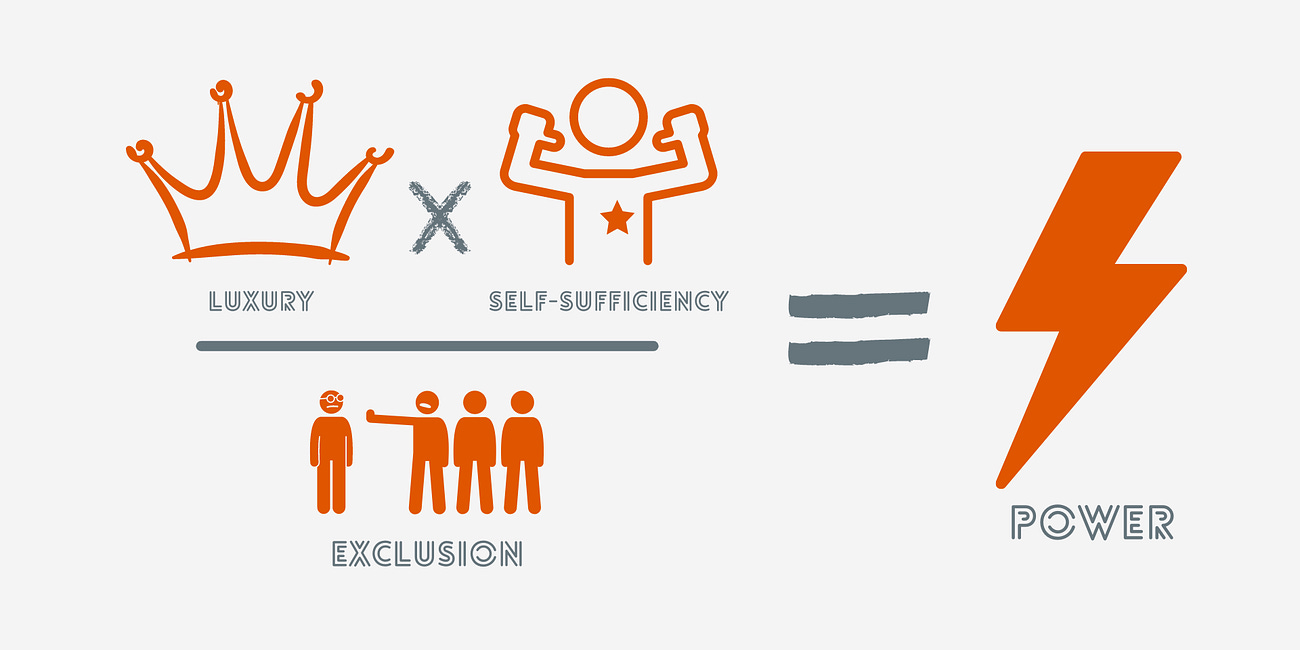Välkommen!
We’ve just celebrated Independence Day here in the U.S.A. which I spent indoors, in air conditioning, thankyouverymuch. We’ve entered the season of “hell’s front porch.” It’s great.
a quick housekeeping note
I’ve just received word that Umi Wellness has to reschedule my workshop.1 New dates are pending, but tentatively for a Saturday in early August. Stay tuned!
In this essay, I want to continue exploring role models. You can refresh your memory on previous explorations here, there, here, and this one too.
Ordered Loves, Ordered Lives
In a searing blog post earlier this year, Alan Jacobs points out that "everyone knows" about the miseries visited upon us by the 24/7 use of (some) digital technologies.2 Jacobs emphasizes that we know all the dangers, deformations, and dominations of Big Tech on human beings, social systems, and the environment. That's not the problem.
It's that we don't love the right things "sufficiently or properly."
Drawing on St. Augustine's observation that we behave according to our wills (or desires), and our wills are driven by we love, Jacobs turns the spotlight on all of us: we don't love our children, our neighbors, or ourselves as we ought. Our desires become merely appetites, which left unchecked become unthinking impulses.3
So if the problem is not a lack of knowledge, then what is it? Jacobs suggests that we have not fully attended to, meditated on a single, crucial question:
How do we love rightly and teach others to love rightly?
Upon this question hang all our lives and futures.
And my sense is that role models are those who take this question seriously.
So how do we discover people who live out their answers to that question with integrity?
If, as Karl Weick suggests, sequence is "the source of sense," then we need some way of building or linking sequence. We need some way of identifying or discerning the coherence and fidelity of stories and narratives,4 of which our lives are made.
As I dig into this topic, I’ve been thinking a lot about the types of figures we have in our lives, beyond immediate family, as well as the factors that enable us to screen or filter those figures. And as one does, I have infographics!!
Let’s start with the factors, or axes.5
Filters for the People
So far, I've identified four axes that affect how we encounter, observe, and interact with different figures in our lives: time, proximity, congruity, and responsibility.
The first two encompass the external space-time field in which we experience the where and when of our lives. The second two indicate the interior qualities of maturity and trustworthiness that we can only discern by being in proximity with each other, over time.
These axes serve as filters by which we can evaluate and sort those whom we encounter. They help us discern who is, or is not, worthy of attention and imitation.6 But what do I mean by each? Let’s define.
NB: I have indicated my current level of confidence in the definitions I’ve come up with for each axis. Please feel free to challenge or update any of them!
Time
The speed at which we move through life affects how we perceive the world, as well as how we approach the internal and external resources of our lives.
Accelerated time shapes a shallow, impatient perception, seeing resources as scarcity. We live by an imperative to optimize all areas of human experience for efficiency, and to maintain stability. Accelerated time is flattening, atemporal, and frictionless.
Experienced time shapes a deeper, more patient perception, seeing resources as sufficiency. We live with an invitation to engagement and “wastefulness,” and to accept instability. Experienced time is linear, transitory, and provoking.
Epistemic Confidence: Low
Proximity
Physical proximity affects our social interplay, responsiveness, and attunement with other human beings, allowing us to see our (mutual) impact in real time. Proximity also gives us the opportunity to practice imitating other, real human beings, instead of humans mediated through algorithmically-shaped channels.7
Distant proximity and OL interactions inhibit our ability to recognize personhood across diversity, and blocks our practice of empathy and connection. Relationships become measured through metrics, and offer a one-dimensional perspective on components of human personality.
Close proximity and IRL interactions promote our ability to recognize personhood across diversity. It enables us to practice deeper empathy, creativity, emotional connection, and imitation. Face-to-face relationship offers a multidimensional perspective on the whole human being.
Epistemic Confidence: Medium
Congruity
Congruity affects how we construct or understand our identities, and whether we live divided or undivided lives.
Having lesser congruity shapes our self-understanding as being of the same consistency and values as the dematerialized, equivalent commodities of the Database. It causes us to approach our identities as homo machina.
Having greater congruity shapes our self-understanding through building a history of how and why we came to this time and place. Narratives are a means of “organizing and getting life done,” as well as for defining and extending who we are into the world. It causes us to approach our identities as homo narrans.
Epistemic Confidence: High
Responsibility
(brings time, proximity, and congruity together)
When we recognize our interconnectedness as human beings, we take ownership of how we move through life and relate to others. We realize that we are always watching and being watched.
Disowned responsibility refuses to acknowledge any influence over others, or to accept any moral, mental, or emotional accountability for personal actions or outcomes. It minimizes the time, proximity, and congruity shared through relationship.
Owned responsibility accepts the influence that comes from being connected, recognizing that personal choices affect others in obvious and subtle ways. It invests the time, proximity, and congruity necessary to foster relationships with others.
Epistemic Confidence: Medium
So, now that we have these filters or axes8 that intersect in our lives, what does that tell us about the types of people we encounter?
I gotta think about that some more. So expect another essay on typologies in the near future.
Of course, this doesn’t even begin to touch on the deeper dimensions of vulnerability, trust, disappointment, and the love in-spite-of that bears all things. We’ll get there.
In the meantime, I’d love to hear what you think of this so far.
Let’s be hopeful, creative, and wise—together.
Shalom,
There's a case to be made that it's not smartphones so much as certain applications of, or on, them, but that's for another time.
Seriously, give me a better word than “axis/axes.”
Which then leads us into personal character qualities, such as virtues, vices, and spiritual fruits, oh my! But that’s an essay for another time.
“We shape our tools and thereafter, our tools shape us.” John M. Culkin
I’m begging you: a better word.









